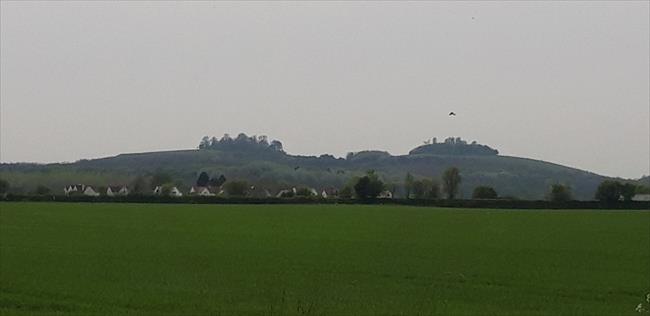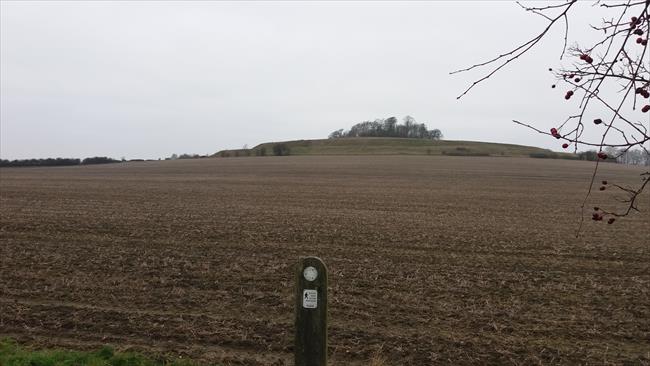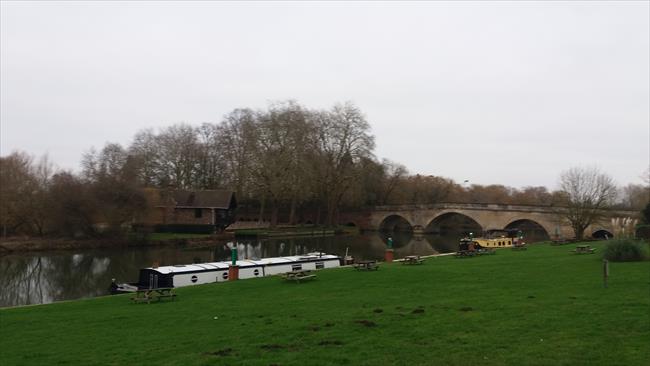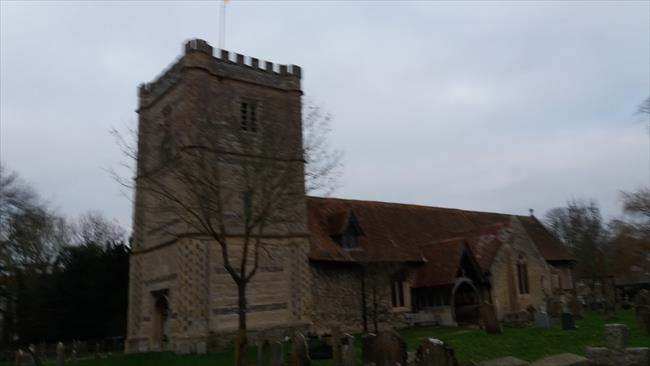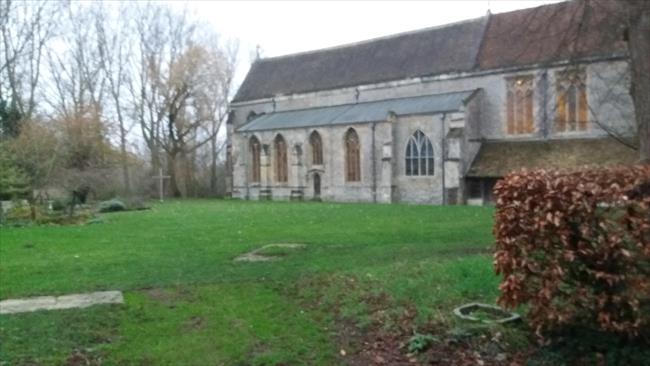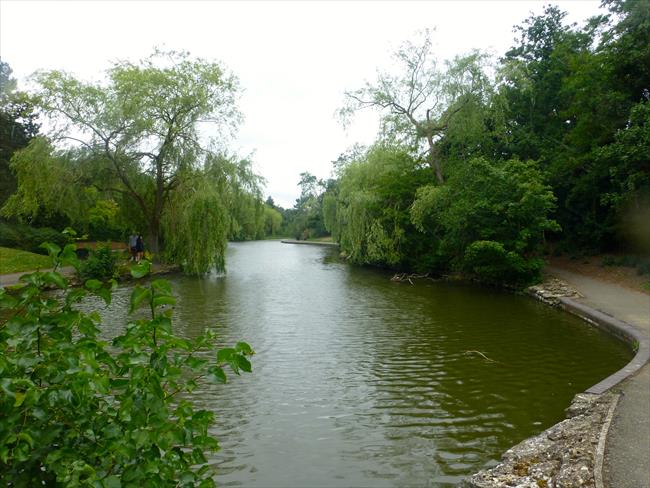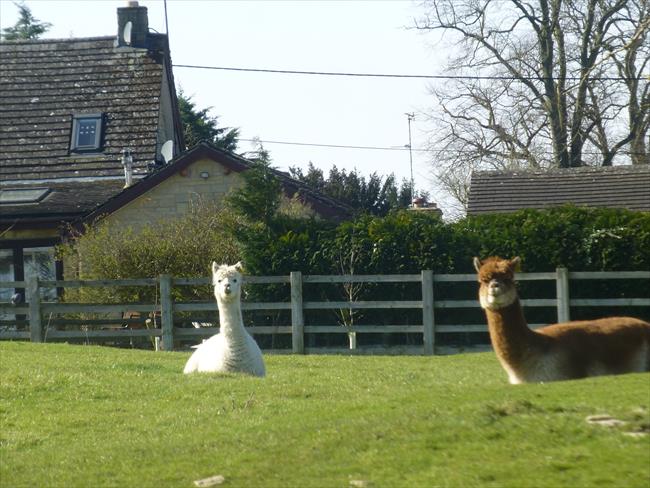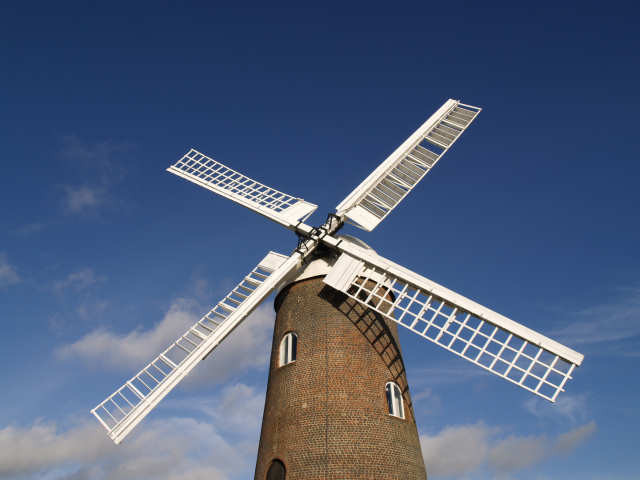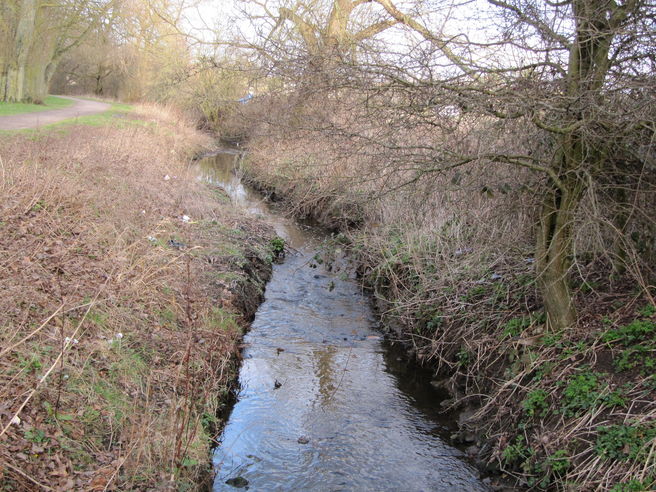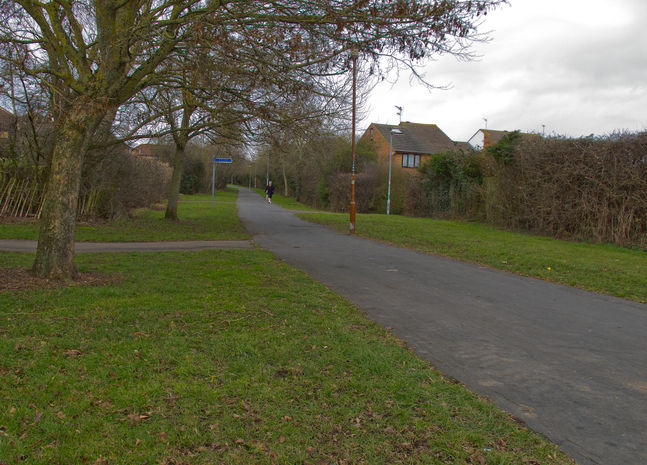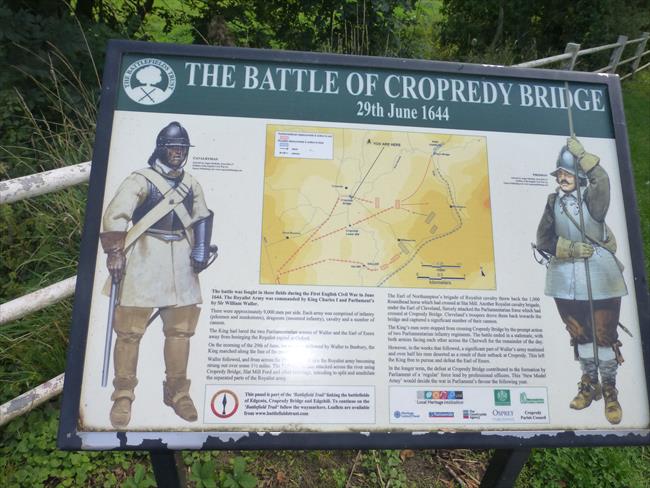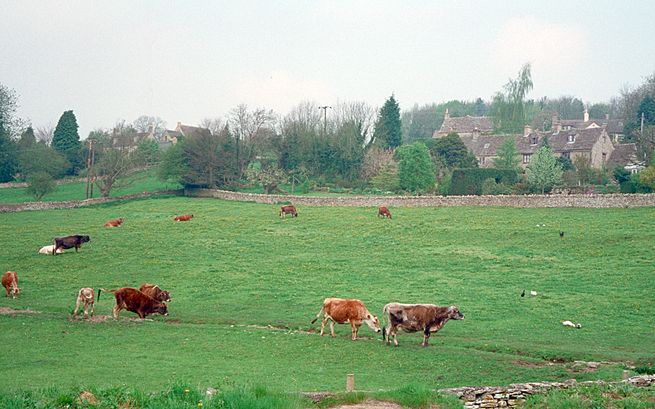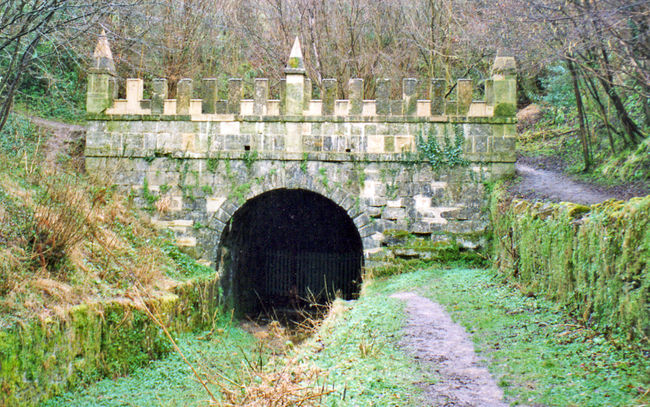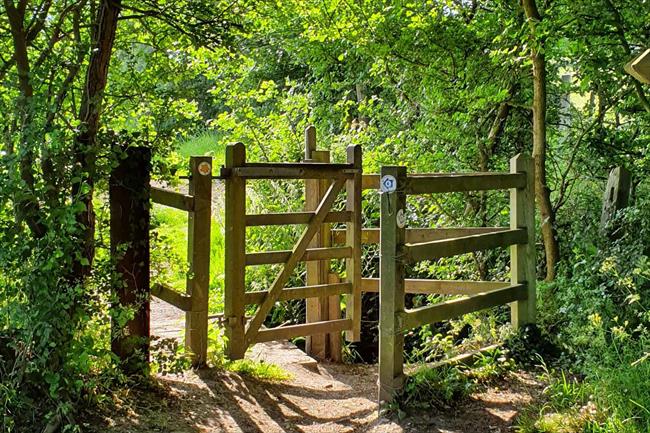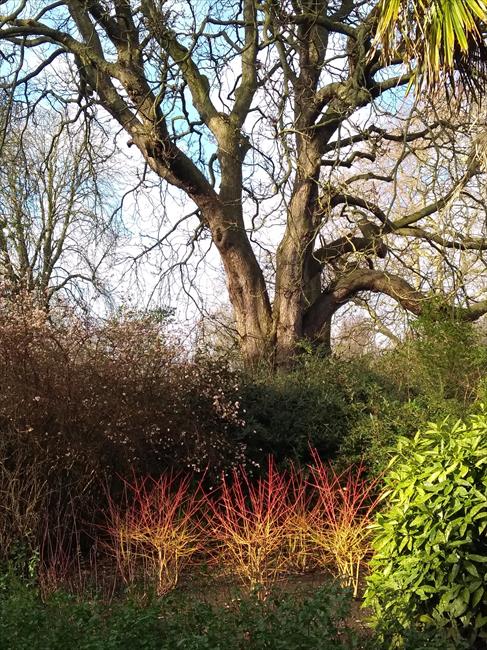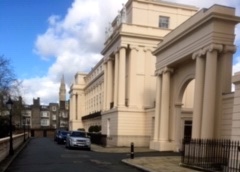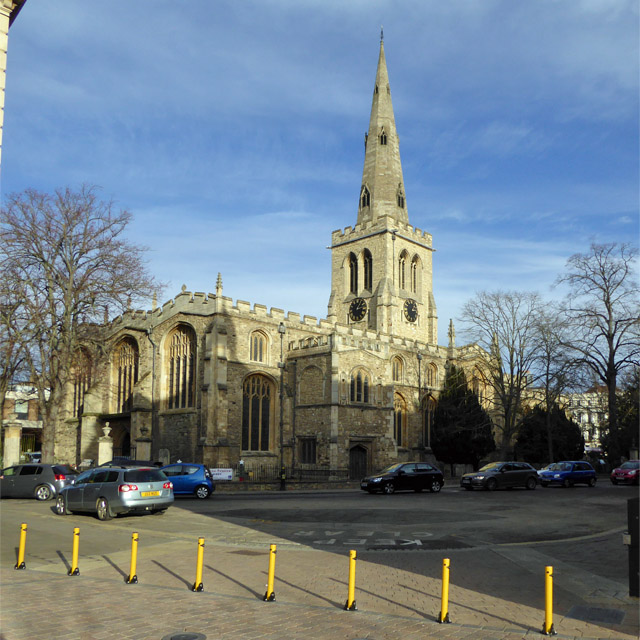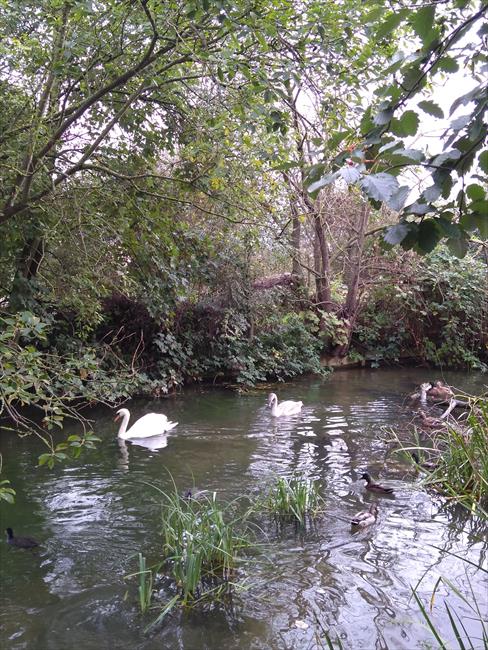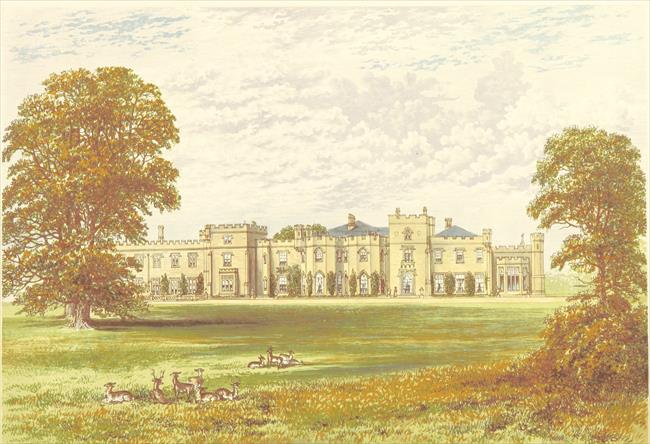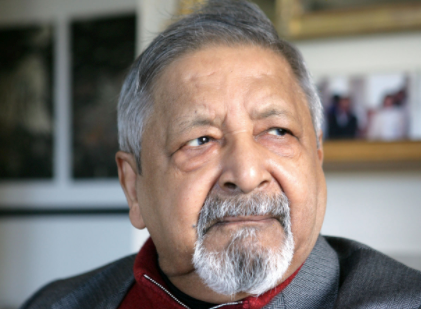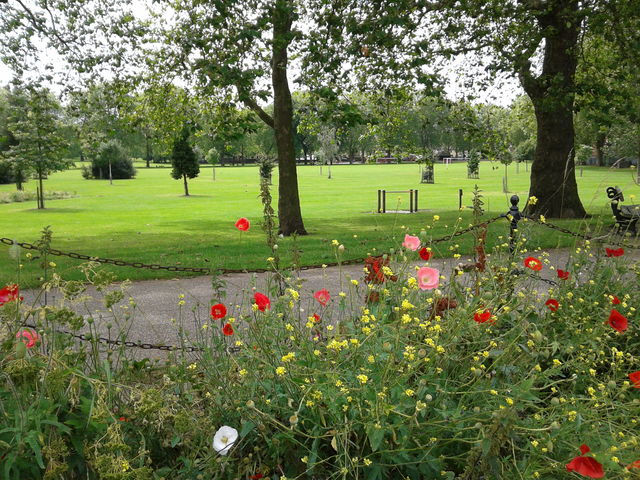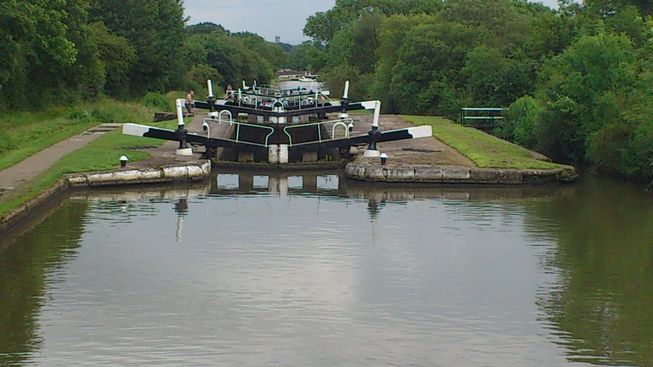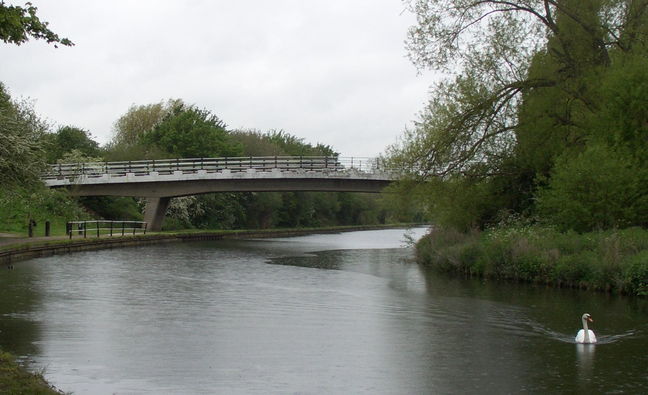1
From the public car park at Bridge End in Dorchester-on-Thames, follow the road past the toilets to the end, taking the right-hand fork. At the end take the path on the right; at the end turn left along the road and continue ahead on the Thames Path into the field, and follow the left-hand field edge parallel to the overgrown track which is the continuation of the road. Continue along the fenced-off path, taking the right-hand fork before the brick pillbox, and continue alongside the Dyke Hills (A). The path then bears left and crosses them to reach Little Wittenham Bridge (B). Cross, and continue to Little Wittenham church.
(A) The Dyke Hills are the remains of an Iron Age promontory fort, possibly the pre-Roman oppidum (tribal centre), forming a triangle with the Thame and the Thames. Early fifth-century Germanic burials have been found here, probably soldiers in the Roman army though oceans of ink have been spilled in the debate over whether or not they were early Anglo-Saxons. The name of the settlement is unknown, but the "Dorcic" of Bede could derive from (a) Celtic roots meaning "conspicuous" or "viewpoint" (depending which way you look; referring to the fort on Castle Hill) or (b) a Celtic form meaning "low-lying fort by breast-shaped hills" (referring to the Dyke Hills oppidum) - or possibly something else entirely. The pillbox is one if a line of pillboxes along or near the Thames, possibly to defend against raiders using the river as a navigation aid.(B) Little Wittenham Bridge was until recently the site of the World Pooh-Sticks Championships, which have since moved to Witney.
2
From the church (C) take the next footpath sign on the left and keep to the right-hand hedge. At the end go through the gate and make straight for the middle of a clump of trees at the top of the hill (D). At the top go left round the outside of the trees until you can see Castle Hill to your left. Follow the path to Castle Hill (E) and go round the rampart (or follow the official path along the bottom; everybody and his dog goes almost anywhere in this area) and take the exit path down to the left. This leads down to a gate and then through the trees into a field. Continue along the edge to the bottom, then turn right along the bottom edge and then right again up the far side to a waymarked gap.
(C) Little Wittenham: The last element is Old English "hamm" meaning land in a river bend, or river-meadow; the land in question is the flat expanse between the two Wittenhams and the Thames.(D) Round Hill: This is one of the Wittenham Clumps, the other being Castle Hill; the name refers to the beech plantations dating from 1740. The paths through the trees have been closed owing to the presence in recent years of a fungus (Kletschmeria deusta) which causes branches to snap. The Clumps are also known as the Berkshire Bubs (having been in Berkshire until 1974) and Mother Dunch's Buttocks. The story is that she was the unpopular wife of an even more unpopular Parliamentary Commissioner under Cromwell; if this is true then it probably refers to the wife of Edmund Dunch who was governor of Wallingford Castle and was created Baron Burnell of East Wittenham by Cromwell, losing his title at the Restoration. Alternatively, she may have been Mary Cromwell, Oliver's aunt, who married William Dunch in 1599; he became MP for Wallingford in 1603.(E) Castle Hill: This was an Iron Age hillfort, occupied from the late Bronze Age about 1000BC (with the earthworks added about 600BC) to about 300BC, when the settlement moved to the south of the site.
3
Turn left through the hedge here and aim for the top of the hill ahead. At the fence, bear right at somewhat more than half a right angle to a stile; cross this and another stile in the same direction and continue to the corner of the field, exiting to the road (do not cross, and keep well in). Bear left here along the old road (signposted as cycle route 5), and where this meets the main road cross carefully, and continue along the track at right angles to the main road. At the end continue ahead and follow the road round to the war memorial.
Beware fast-moving traffic on the main road.
4
Continue along the road (the churchyard, to the right of the war memorial, can be used as a refreshment stop and the church (F) is worth a visit) Turn left on a path opposite the pub and the road to Mackney (G). Keep to the right with Moat Cottage on your right, and at the end take the gravel track on the right. Continue ahead along the road and straight ahead along Bakers Lane until it bends sharply to the right; here take the path to the left, with the rest of Bakers Lane almost directly behind you, and at the top turn right to the main road. Cross, and take the bridleway opposite (next to a drive), emerging at the top into a large field.
(F) Brightwell-cum-Sotwell: The area has been settled since at least the Iron Age, but the first authentic mention is the 947 charter (land grant) of Brightwell, followed by a 958 charter for Sotwell and Mackney. Brightwell probably means what it says, but the first element of Sotwell defies explananton (nothing to do with drunks, alas). The church dates from 1153 on the site of an earlier church.(G) The Roman Road: The lane to Mackney and the bridleway opposite are part of the Roman predecessor of the A34/A43, which went from Winchester (Venta Belgarum) via Silchester (Calleva Atrebatum), Dorchester, Otmoor and Alchester (near Bicester) to Towcester (Lactodurum).
Beware traffic in the narrow Bakers Lane, and fast traffic along the main road.
5
Continue ahead to the bend in the track. Just after this look for a track on the right and walk towards a telegraph pole. Walk past the telegraph pole bearing left to reach a gap in the hedge to a narrow path which goes steeply downhill through a strip of woodland. At the bottom turn right past the hotel, noting the exorbitant charge for having a picnic, to the road at Shillingford Bridge.
6
Cross Shillingford Bridge (H) and take the path to the right leading back alongside the bridge to the Thames. Here follow the path to the left alongside the river downstream, passing a concrete pillbox (one of many along the Thames) and reaching a caravan park after almost a mile. Continue along the river past the café and boatyard (you may wish to take refreshment here, but it can be very busy at lunchtime in summer) into a field. Continue past all the seats to the former ferry point in the corner, go left along the hedge to the gate, and turn left along the road to the A4074 in Benson (I).
(H) Shillingford Bridge: The present bridge was built in 1827, replacing one built in 1767.(I) Benson: The village was allegedly captured by Cuthwulf of Wessex in 571, and may have been the site if the battle of Bensington (the original form of this name) in 779 between Cynewulf of Wessex and Offa of Mercia. At Domesday Benson was the richest village in Oxfordshire, yielding £85. The church is Norman. Within the parish is Preston Crowmarsh, also called Battle Crowmarsh from having been held at Domesday (1086) by Battle Abbey, which was not consecrated until 1094.
7
Cross the main road and walk towards the speed camera. Here turn right on to a minor road which is almost parallel to the main road. At its end, turn left along the road (beware; it can be busy) and cross to the right hand side before you get to the blind bend. Continue to a footpath sign just before the roundabout and turn right. Follow the right-hand hedge and keep along this and the stream for about 1300 yards to the first bridleway. Cross this and continue ahead along the Millennium Walk to the next bridleway, and turn left along it. Continue to Warborough green, at the end of which turn left. Go alongside the houses and follow the road to the right; at the left-hand bend continue along a narrow path into and through the churchyard to the road.
Beware of traffic on the road out of Benson. Ensure that you have adequate visibility when crossing.
8
Turn right along the road, which is the main A329, and turn left by the Memorial Hall down Hammer Lane. Continue along the road, which becomes a track (J). This continues to the River Thame, at which point turn left along the river, taking the upper path under the Dorchester bypass. Continue along the track parallel to the river. This becomes a road; soon after, take the road on the right, then at its end take the path to the left of the right-hand gate over a stile; this path soon leads to Overy Mill (K). Continue past the mill into the meadows.
(J) Warborough: The name means "lookout hill" from Old English weard (lookout) and beorg (round hill, like an almost-buried football). The bridleway leading to the Thame gives views both of this hill (Town Hill) and the breast-shaped form of Wittenham Clumps. Warborough Farm in the Letcombes is probably similar, except that the second element is almost certainly burg (fortress), referring to Segsbury Camp, from which one can see across to the Chilterns and Brill.(K) Overy Mill: The name Overy probably meant "across the river" from Old English "ea" (river); the hamlet is referred to as "ultra aquam" (across the water) in 14th-century documents. The present mill building may be on the site of one of the Overy mills of 1163.
9
Continue straight ahead across the meadows to the main stream of the River Thame; cross the bridge, continue with the houses of Dorchester on the left, and take the restricted byway (more like a road) on the left. When this widens with a wall curving away to the left, follow the path alongside the wall and the fence that follows, into the grounds of Dorchester Abbey (L). Continue through the grounds past the cloister and the teashop to the road, which is Dorchester High Street. At this point Bridge Street and the start are directly opposite; alternatively, without crossing High Street, take the signposted path on the left alongside the road, turning right under the bridge (where the path can be muddy) into Bridge Street.
(L) Dorchester Abbey: The Abbey was probably the site of the original church of Birinus about 635. The present church was built when the Abbey was founded in 1140 and was bought at the Dissolution by Richard Bewforest or Beauforest (other spellings exist) for £140, and left to the parish in his will of 1564 along with £20 for its upkeep. Of the remainder, only the guest-house (now a museum and teashop) and various ruins, mostly of the cloister, survive.

